Theatermuseum - The Magic of the Theatre in a Barocco Palace in Vienna!
- Mika Vepsalainen
- Oct 21, 2023
- 4 min read
Want to see the magic of the theatre? Join us for a visit to the Theatre Museum in Vienna. The 17th century Baroque Palais Lobkovitz houses over 1,000 stage models, 600 costumes and props, more than 100,000 drawings and graphics as well as more than 700,000 theatre photos to eternalise the fantastic theatre scene that the Imperial and modern day’s Vienna have enjoyed over the centuries.

The museum brings together collections on the performing arts and is one of the biggest documentation centres in the world. It started as the Theatre Collection of the Austrian National Library going back as far as the Baroque era. In 2001 the Theatremuseum was transferred to the Kunsthistorisches Museum and since 2014, it also covers the collections of the Wiener Staatsopernmuseum.
Since 1991 the museum is located in Palais Lobkowitz which is worth a visit if only to check its impressive ceiling frescoes and paintings should theatre not be your thing. The museum’s concert hall, the Eroicasaal, was named after Beethoven’s Third Symphony that Mr B dedicated to Joseph Franz Maximilian, Prince of Lobkowitz. A music lover will appreciate the fact that Beethoven and Lobkowitz had the Third Symphony and many other works performed there for the first time.
Another highlight are the expressive stick puppets by the Art Nouveau artist Richard Teschner. The museum houses outstanding examples of marionette, shadow and rod-puppets, the three most important puppet theatre techniques.
A big and unique thing in the museum is Nuda Veritas by Gustav Klimt from 1899. The painting shows Marie Zimmermann naked, typical of Klimt's move towards Modernism, in response to the lack of understanding by the conservative Viennese public. The life-size nude corresponds to contemporary ideals and holds up a mirror to the visitors. If you want to see more of Klimt’s works, check our reviews of the Klimt Villa, the Secession and the Oberes Belvedere Museum!
At the turn of the 19th/20th Vienna played a leading role in turning theatre history into a science and therefore in 1921 the city received a theatre collection in the frame of the Austrian National Library. In 1922 it acquired the largest existing private collection of theatralia of the time, owned by the actor and Burgtheater director Hugo Thimig. In 1975 the Austrian Theatermuseum was launched and the Government renovated the Lobkowitz Palace for it.
The Lobkowitz Palace itself was the first important town palace built in Vienna after the second Ottoman siege in 1683 by Philipp Sigmund Count of Dietrichstein. When the Princes Lobkowitz bought the palace around 1730 the festival hall was set up. They loved music and theatre and the house had its heydays with their own orchestra, organised concerts and dramatical performances.
After the Lobkowitz family moved to Bohemia, the French and Czechoslovakian embassies rented the palace, after which it became„House of Fashion“ in 1938. Back in the French hands after the war, the French Cultural Institute continued the cultural heritage of the building until the Government bought it and gave it to the Theatre Museum.
Between 1724 and 1729 the Eroica Hall received its today’s design. The owner at this time, Gundacker Count of Althan, commissioned the director of the Academy of Fine Arts, the Dutch Jacob van Schuppen, with the figural painting of the festive hall’s ceiling. The ceiling fresco is to be understood as an allegory on all arts represented by the Academy of Fine Arts. The centre piece shows the Fama-Angel announcing glory, a genius with colour palette and brush is nestling against him. The paintings on the borders show allegories on architecture, landscape design, music and poetry, optics and geography as well as an insight into a painter’s and sculptor’s studio at the academy and their annual award festivities.
Of particular artistic value are the original models from the 18th century by Lorenzo Sacchetti and a variety of models from Russia’s revolutionary period, a group of works which was acquired on the occasion of the International Exhibition of New Theatre Technology in Vienna in 1924. Other important works include those of Austrian stage reformer Alfred Roller (1864–1935), who reset the stage according to the ideas of Adolphe Appia (1862–1928) and Edward Gordon Craig (1872–1966).
The study library of the Theatermuseum contains around 100,000 books, periodical volumes, stage manuscripts and playbills with the emphasis being on drama, musical theatre, dance and ballet, puppet theatre, cinema, television and the radio play.
The entrance to the museum is barrier-free. The staff will guide you to the lift for visiting exhibition rooms on the first floor. There are small ramps (3-5 cm) in the exhibition area on the first floor and a 15 cm step to enter the exhibition area on the ground floor - ask the staff to put a ramp there.
The seasonal Café im Lobkowitz is only open in the summer. Check the museum from spring to late autumn and enjoy the ambiance of the café in the inner yard of the building. Should you visit in the winter, enjoy the myriad of (rather expensive) cafés and restaurants around the Staatsopera.
The museum shop sports interesting literature and stuff e.g. in Klimt style for those interested.
Unfortunately, the cloakroom and the lockers are in the basement that is only accessible through stairs next to the museum shop.
Theatermuseum
Lobkowitzplatz 2
1010 Vienna








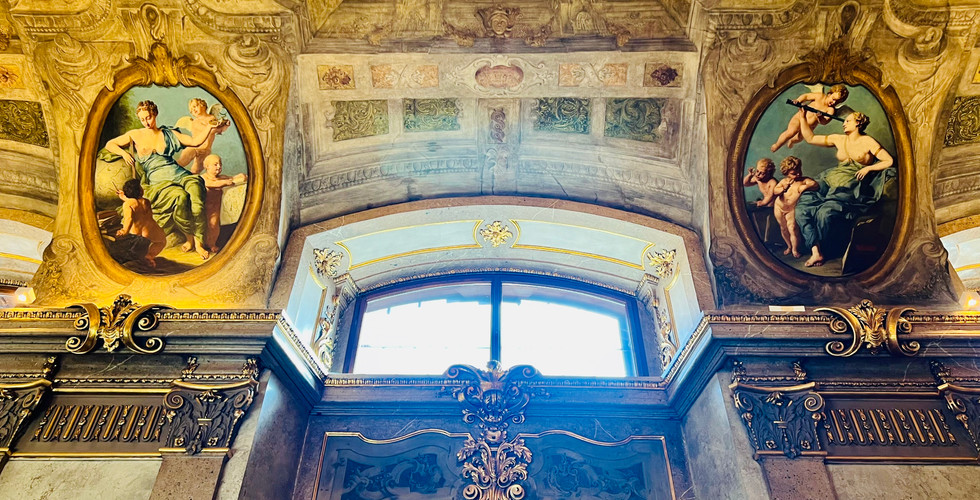





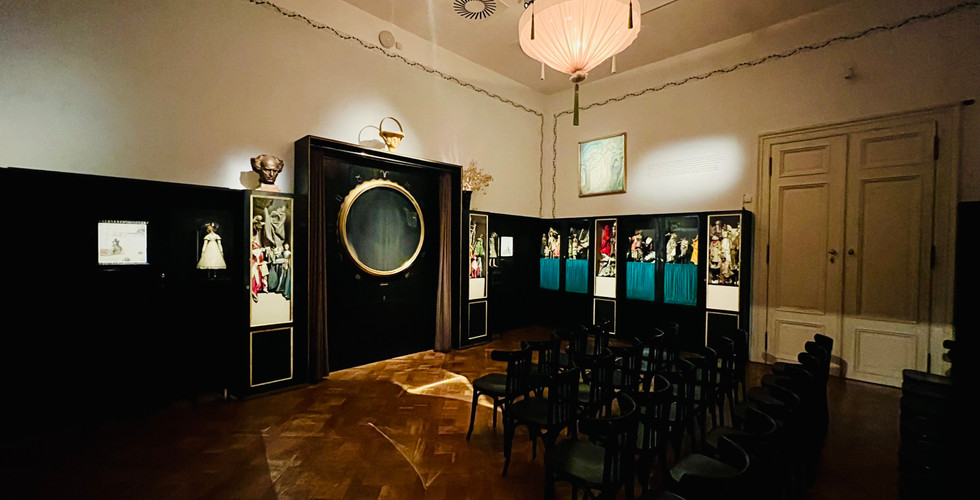
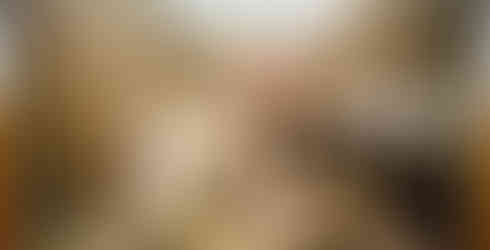

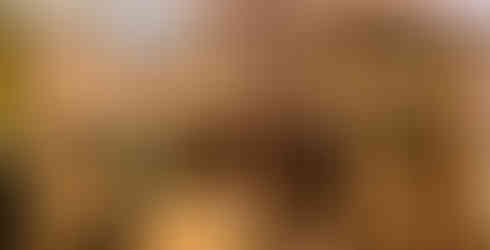



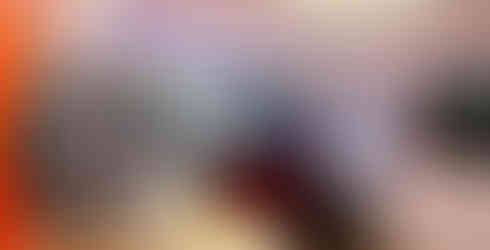





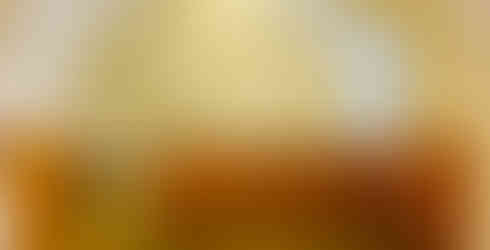







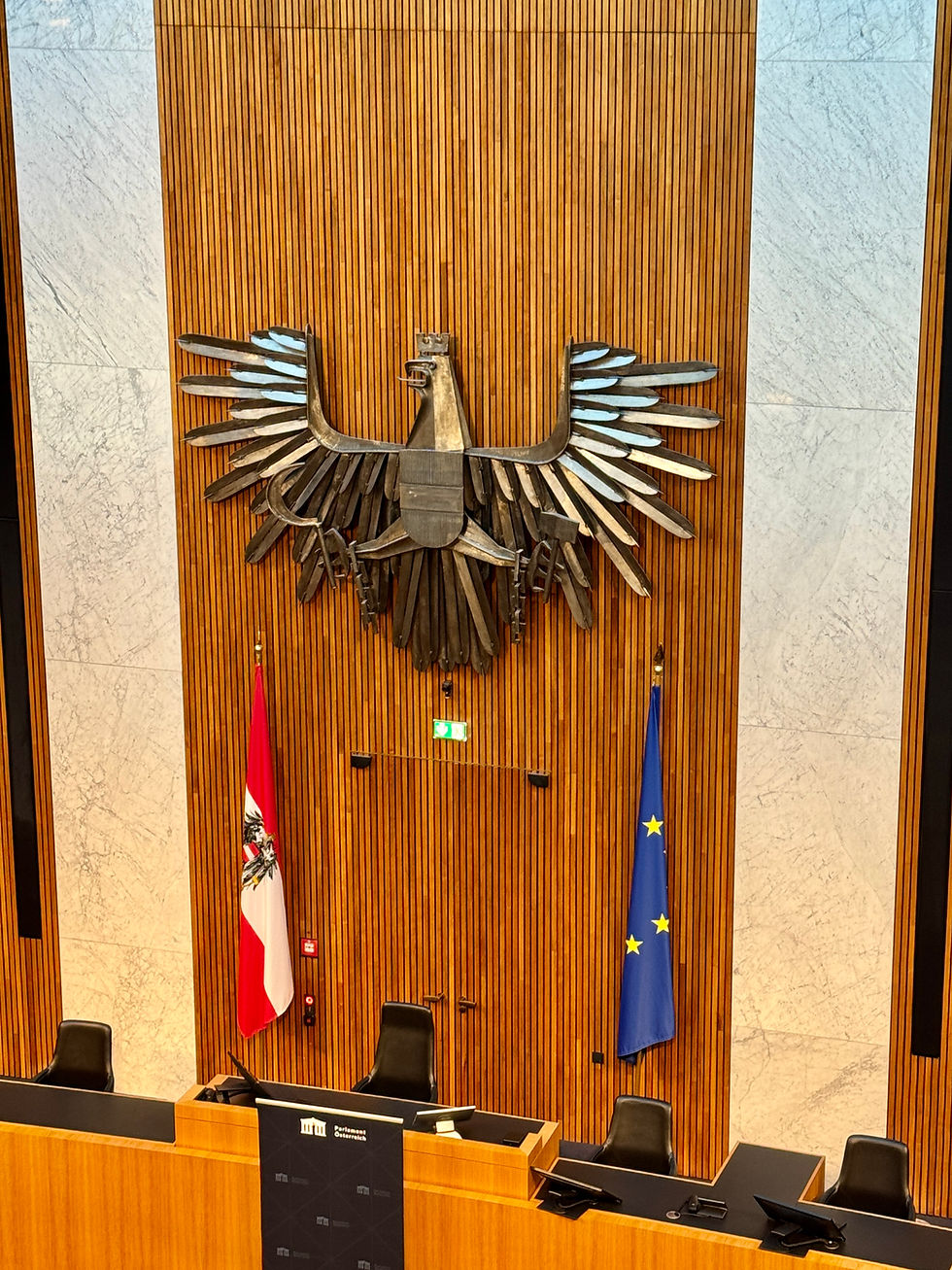
Comments